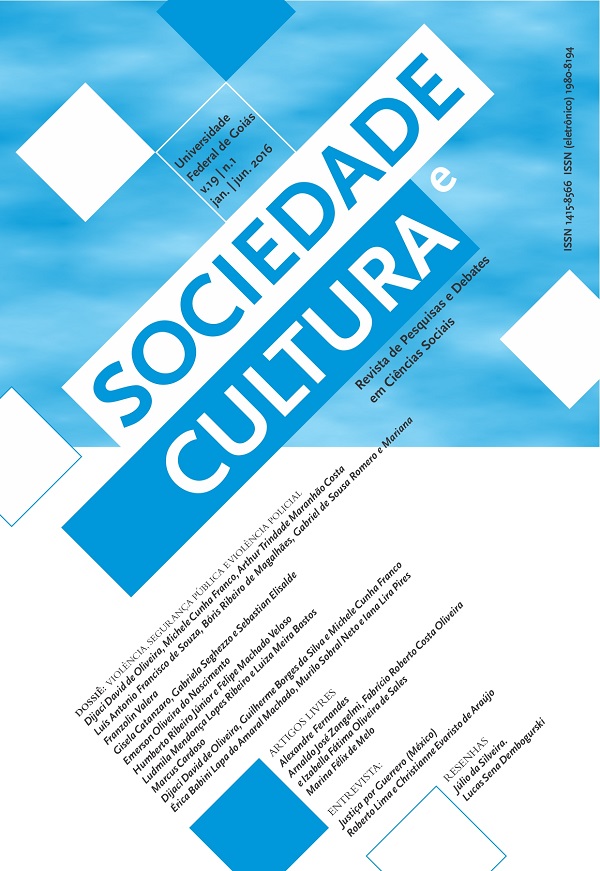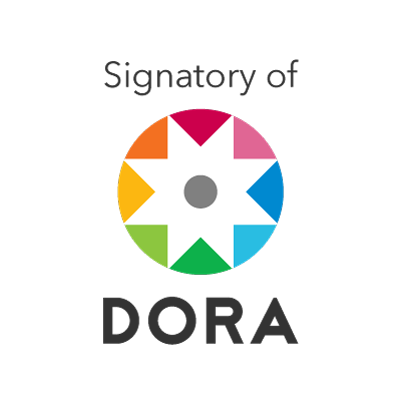O linchamento de Gilbercan Mezini e a narrativa midiática: notas sobre a transformação do indivíduo em homo sacer
DOI:
https://doi.org/10.5216/sec.v19i1.47117Resumo
Este artigo tem como objetivo estudar o linchamento e a forma como ele é noticiado
pela mídia. Foi realizada, em um primeiro momento, uma revisão bibliográfica sobre
o conceito de linchamento com o intuito de direcionar corretamente a investigação
desse fenômeno e de identificá-lo com segurança. Em seguida, foi identificado um
caso de linchamento de grande repercussão, ocorrido em 2013 no estado do Espírito
Santo. A análise desse linchamento foi feita com o objetivo de avaliar a narrativa utilizada
pelo jornal A Tribuna para construir a imagem dos responsáveis pelo crime e,
principalmente, a imagem da vítima. Percebeu-se que os redatores das notícias do periódico
consideravam a vítima do linchamento como um bandido cuja culpabilidade
nem precisaria ser discutida, ao passo que os linchadores eram justiceiros, e não criminosos.
Diante disto, a fim de verificar como a vítima de linchamento foi considerada
um ser matável, utilizou-se como eixo de análise o conceito de homo sacer, construído
por Giorgio Agamben.
Downloads
Downloads
Publicado
Como Citar
Edição
Seção
Licença
Autores/as que publicam nesta revista concordam com os seguintes termos:
- Autores/as mantêm os direitos autorais e concedem à revista o direito de primeira publicação, sendo o trabalho simultaneamente licenciado sob a Creative Commons Attribution License, o que permite o compartilhamento do trabalho com reconhecimento de autoria e da publicação inicial nesta revista.
- Autores/as têm autorização para assumir contratos adicionais separadamente, para distribuição não exclusiva da versão do trabalho publicada nesta revista (ex.: publicar em repositório institucional ou como capítulo de livro), com reconhecimento de autoria e da publicação inicial nesta revista.
- Autores/as têm permissão e são estimulados/as a publicar e a distribuir seu trabalho online (ex.: em repositórios institucionais ou na sua página pessoal) a qualquer ponto antes ou durante o processo editorial, já que isso pode gerar alterações produtivas, bem como aumentar o impacto e a citação do trabalho publicado (veja O Efeito do Acesso Livre).


 Esta revista está licenciada sob a licença
Esta revista está licenciada sob a licença 
